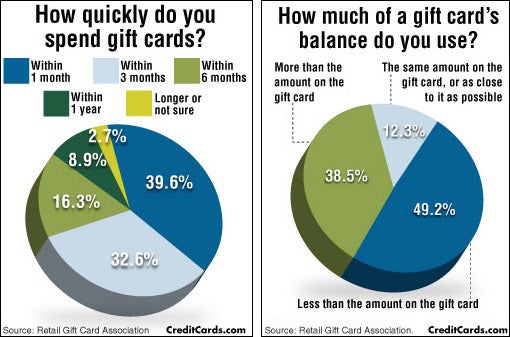Famous Historical Glass Engravers You Must Know
Glass engravers have been extremely proficient craftsmen and musicians for countless years. The 1700s were particularly significant for their achievements and appeal.
For example, this lead glass goblet demonstrates how inscribing incorporated design trends like Chinese-style concepts right into European glass. It likewise shows how the ability of an excellent engraver can create illusory depth and aesthetic structure.
Dominik Biemann
In the very first quarter of the 19th century the traditional refinery area of north Bohemia was the only area where naive mythological and allegorical scenes inscribed on glass were still in vogue. The goblet pictured below was engraved by Dominik Biemann, who specialized in tiny pictures on glass and is regarded as among one of the most essential engravers of his time.
He was the son of a glassworker in Nové Svet and the bro of Franz Pohl, an additional leading engraver of the period. His work is qualified by a play of light and shadows, which is especially noticeable on this goblet displaying the etching of stags in timberland. He was likewise known for his work on porcelain. He passed away in 1857. The MAK Museum in Vienna is home to a large collection of his jobs.
August Bohm
A significant Nurnberg engraver of the late 17th century, Bohm dealt with delicacy and a feeling of calligraphy. He etched minute landscapes and inscriptions with strong formal scrollwork. His job is a precursor to the neo-renaissance style that was to control Bohemian and other European glass in the 1880s and past.
Bohm accepted a sculptural feeling in both alleviation and intaglio engraving. He showed his proficiency of the latter in the carefully crosshatched chiaroscuro (trailing) effects in this footed cup and cut cover, which portrays Alexander the Great at the Fight of Granicus River (334 BC) after a painting by Charles Le Brun. Despite his significant skill, he never ever accomplished the popularity and ton of money he sought. He passed away in penury. His graduation gift glass other half was Theresia Dittrich.
Carl Gunther
In spite of his vigorous work, Carl Gunther was an easygoing guy who took pleasure in hanging out with family and friends. He enjoyed his daily routine of going to the Collinsville Elder Facility to enjoy lunch with his pals, and these moments of camaraderie supplied him with a much needed break from his demanding job.
The 1830s saw something rather phenomenal occur to glass-- it came to be vibrant. Engravers from Meistersdorf and Steinschonau created richly coloured glass, a preference referred to as Biedermeier, to fulfill the demand of Europe's country-house courses.
The Flammarion engraving has actually become an icon of this new preference and has actually appeared in publications devoted to scientific research as well as those checking out mysticism. It is likewise located in various gallery collections. It is thought to be the only making it through instance of its kind.
Maurice Marinot
Maurice Marinot (1882-1960) started his job as a fauvist painter, but ended up being fascinated with glassmaking in 1911 when checking out the Viard brothers' glassworks in Bar-sur-Seine. They provided him a bench and educated him enamelling and glass blowing, which he mastered with supreme ability. He developed his own strategies, using gold streaks and exploiting the bubbles and various other all-natural defects of the product.
His approach was to treat the glass as a creature and he was one of the very first 20th century glassworkers to make use of weight, mass, and the visual impact of all-natural flaws as aesthetic components in his jobs. The exhibition shows the substantial impact that Marinot had on modern-day glass manufacturing. Sadly, the Allied battle of Troyes in 1944 damaged his studio and countless illustrations and paints.
Edward Michel
In the early 1800s Joshua introduced a design that resembled the Venetian glass of the period. He utilized a strategy called ruby point engraving, which includes damaging lines into the surface of the glass with a difficult steel implement.
He also established the initial threading equipment. This invention enabled the application of long, spirally injury routes of color (called gilding) on the main body of the glass, a vital attribute of the glass in the Venetian design.
The late 19th century brought new design ideas to the table. Frederick Kny and William Fritsche both operated at Thomas Webb & Sons, a British firm that concentrated on top quality crystal glass and speciality coloured glass. Their job mirrored a choice for timeless or mythological subjects.

Comments on “How To Make Holiday Candle Holders”